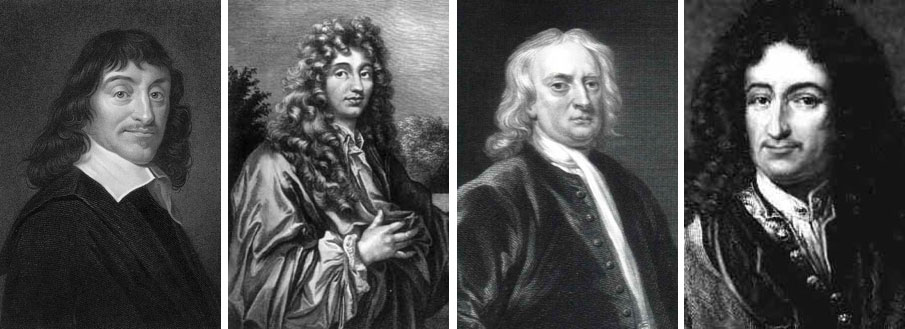

Essentially this became possible only by the systematic use of the co-ordinate method of Descartes’ “Géométrie” of 1637, which itself likely resulted from the human perceptual difficulties with the notion of parallelism which had been puzzling geometers since antiquity.Hereby the delicate role played by the axiomatic foundation of synthetic geometry basically was taken over by the geometrical foundation of the real number system and, paraphrasing Descartes, by the fact that all Euclidean geometrical problems can be reduced to the knowledge of the distance between any two points (the theorem of Pythagoras).
The procedures of analysis, for all practical purposes, were reduced to the so-called theorem of Taylor-Maclaurin to which Newton, at Cambridge, was inspired by the consideration of the real functions in analogy to the consideration of the real numbers in the decimal system. Already before, his teacher Barrow had obtained the fundamental theorem of analysis which interrelates integration and differentiation as mutually inverse operations.Around 1670, Newton moreover could analytically determine the curvature of any Euclidean planar curve at any of its points, hereby following the considerations of amongst others Descartes and Kepler on the osculating approximation of general curves by circles and of Huygens on caustics etc. related to his studies of pendulum clocks.